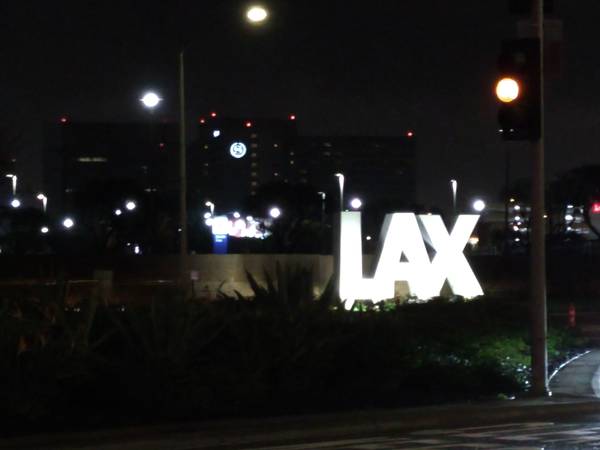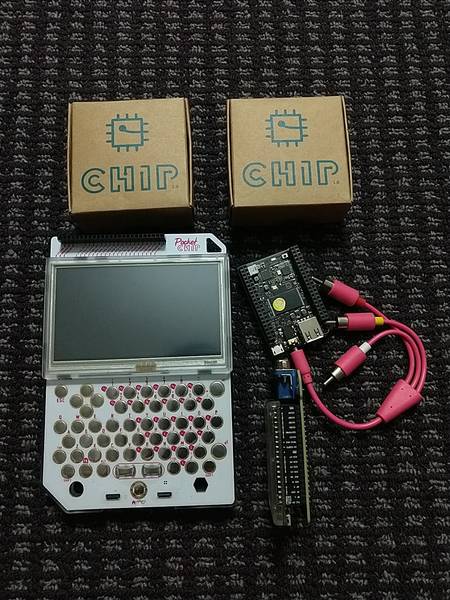The year 2020 started normal.
Every weekday, I go to office.
Three times a week, I pump those muscles at the gym.
Every four days, I visit the grocery store to pick up a loaf of bread, along with other ingredients.
Every Friday evening, I have a video chat with my family.
🕒 12 Timezones Away — 3 Timezones Away — Oops, It's Here
The first sign of problem occurred on Chinese New Year's Day.
Traditionally, my mother's extended family would have an annual gathering during the holidays.
However, my mother informed me that their gathering has been canceled, because there's a Coronavirus outbreak in parts of China.
I thought, well, this doesn't affect me, because I live in Maryland USA, 12 timezones away from China.
The next week, China entered a lock down due to the spreading virus.
My father found himself relying more on grocery delivery services.
A difference from what I observed in 2017 is that, the gated community is not allowing delivery persons to enter the neighborhood, and my father has to collect his deliveries at the neighborhood entrance.
At the same time, I heard on Twitter that the Coronavirus has reached the Chinese community in Seattle, 3 timezones from me.
In early March, the Coronavirus reached Maryland.
A week later, public schools are being closed.
This is when things started to get serious.


